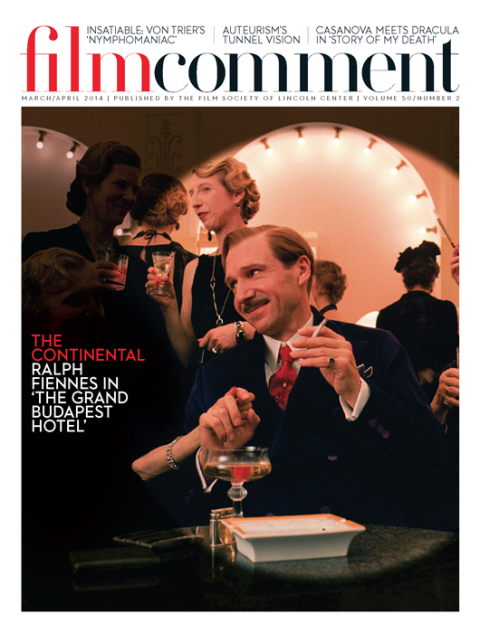
In his latest film, Cambodian director Rithy Panh, who is at the forefront of efforts to reckon with the legacy of the Khmer Rouge, employs an unusual mix of clay figurines with pensive voiceover and worn-out vintage propaganda footage to revisit his country’s traumatic past. Rather than adopting the accusatory tone of an investigation, The Missing Picture is marked by a certain stillness and emotional containment, like a hushed visit to a memorial.
Panh works his way forward from the Khmer Rouge invasion of Phnom Penh on April 17, 1975, through the establishment of rural work camps for the indoctrination of the populace, and subsequent forced starvation. The enormity of the Khmer Rouge’s crimes extends to the attempted erasure of cultural identity through the destruction of all photographic record of the past, necessitating a permanent struggle to preserve memory and basic humanity in the decades since. The voiceover on these themes was co-written by Panh and collaborator Christophe Bataille and adapted from their book The Elimination.
The figurines in dioramas play on a number of associations: childhood (in the work camps, children grew up seeing family members perish), the official notion that these were model sites of ideological purification, and the hand-worked clay’s associations with the land, earth, burial. Panh’s sense of loving duty helps fill in the aching void of this history’s many missing pictures.








